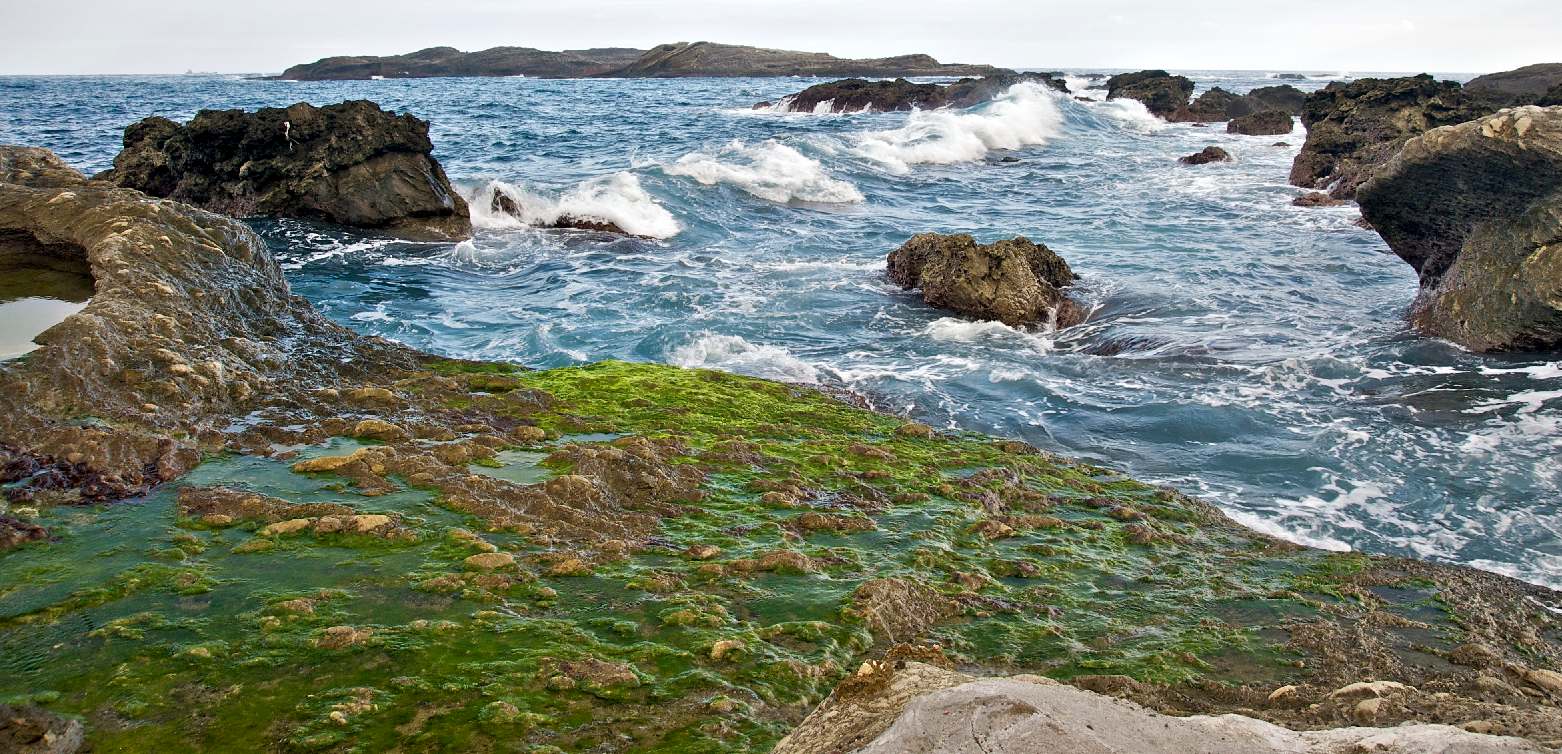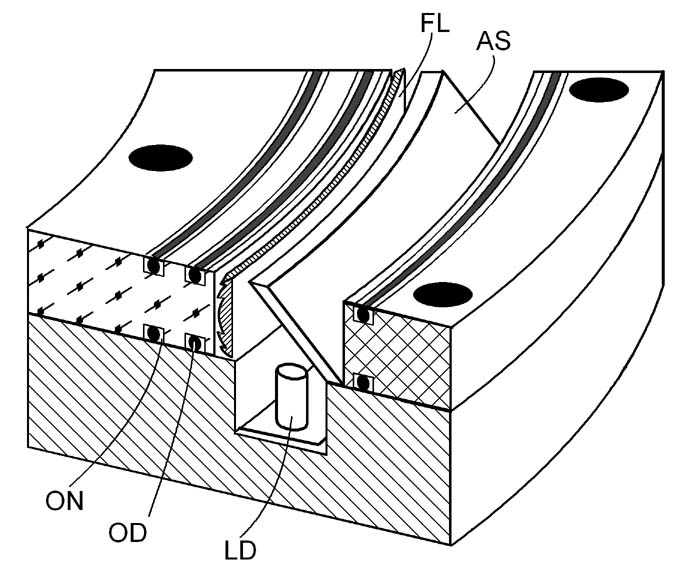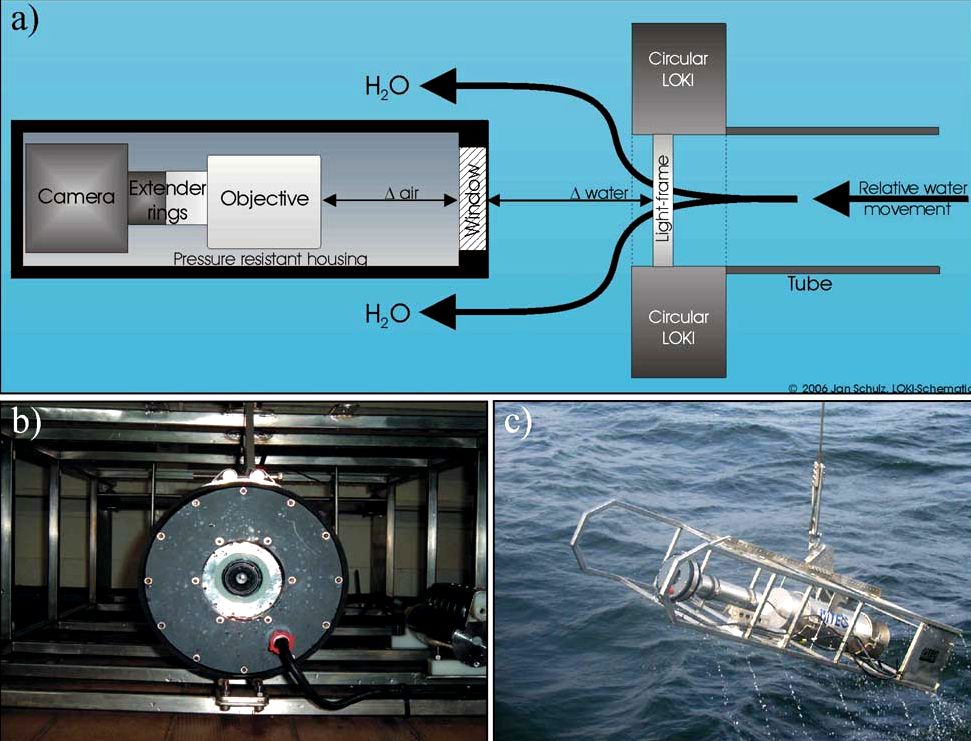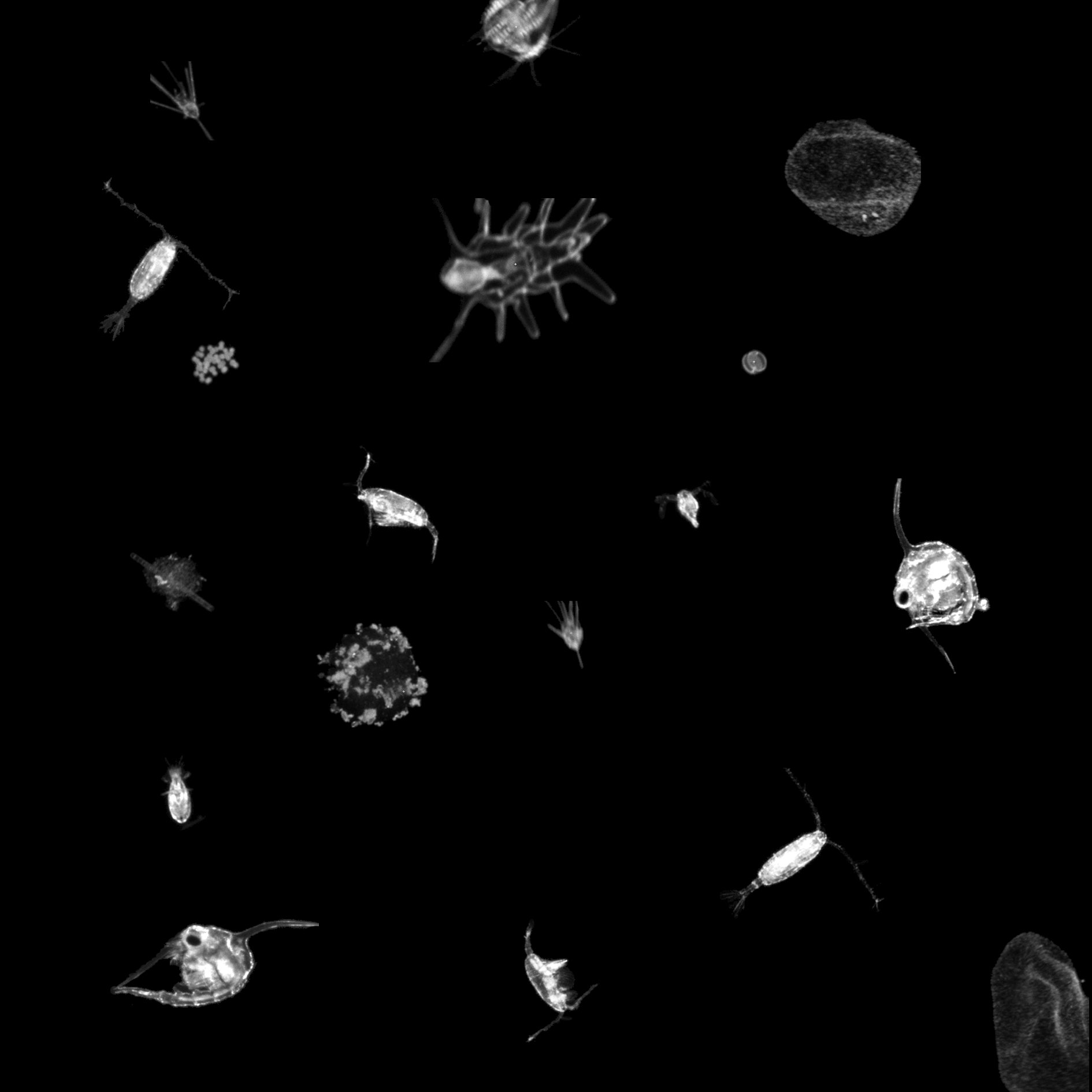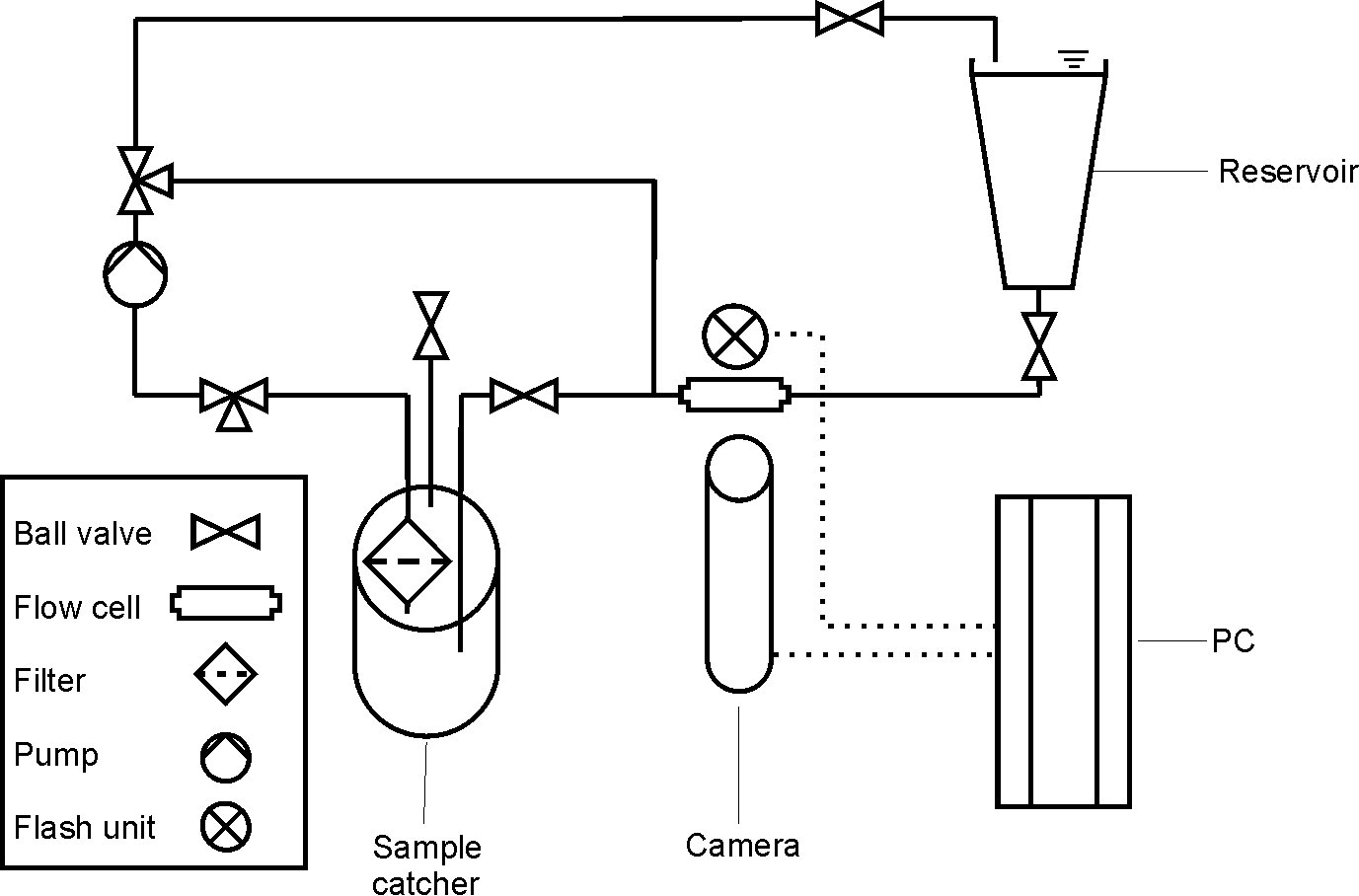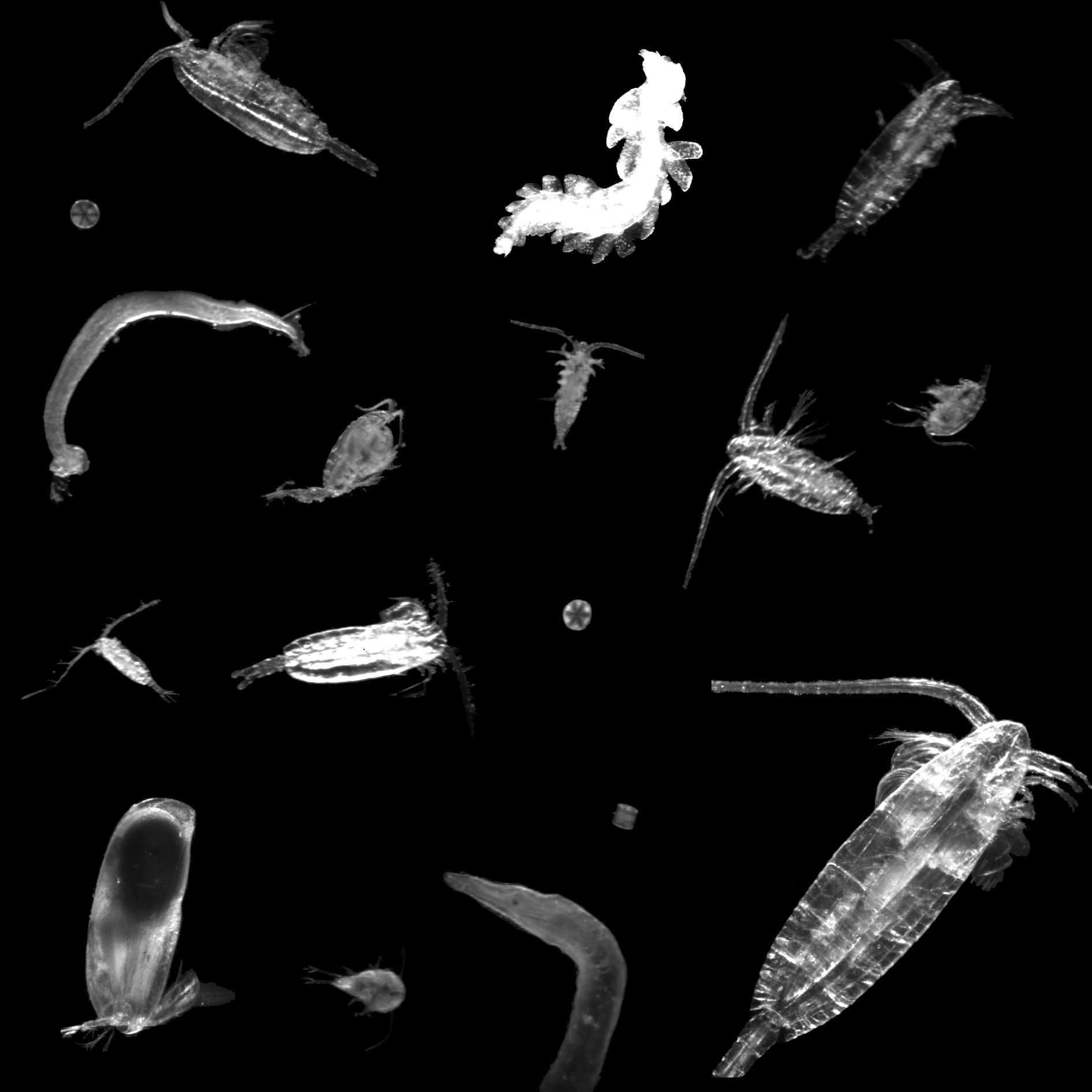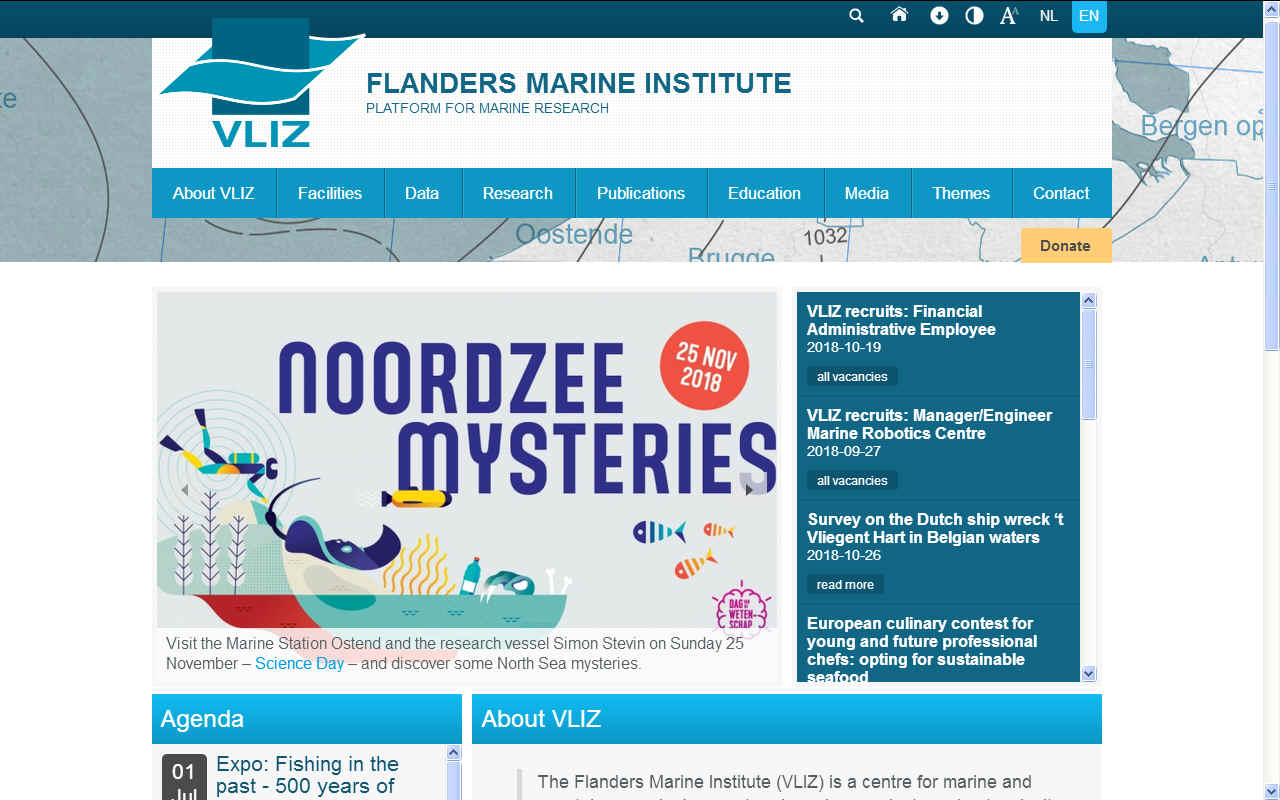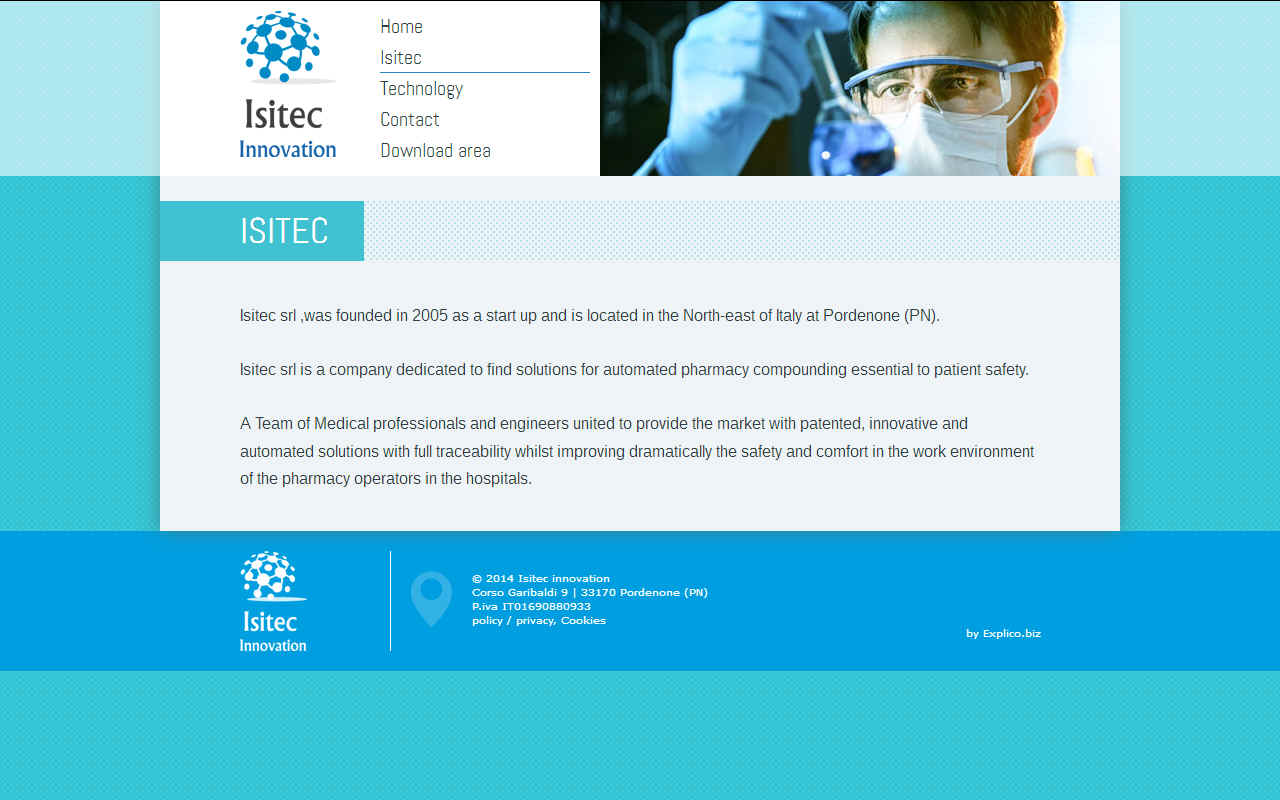|
ZOOPLANKTON
ABOUT - CONTACTS - DONATE - FOUNDATION - HOME - WHALING - A-Z INDEX
PLANKTON - Is all around us in various forms, a largely untapped food source.
In an effort to feed a growing population we should look at alternatives lower down the food chain to increase the ratio at which protein is harvested from the ocean, so bypassing the conventional food chain where at each stage of consumption there are significant losses in the conversion process. Plankton could play a part in filling the widening gap between falling fish stocks and higher demand to feed humans. Plankton leads to zooplankton, a life form that we want SeaVax to avoid in the quest to rid our oceans of plastic.
Zooplankton is a basic element of food chains, and due to the enormous number of species and individuals it is one of the most important trophic resources in the oceans. Knowledge about the impact of physical parameters like temperature, salinity and oxygen on the community of zooplankton species is important, but limited. Physical gradients in the water may separate communities and thus cause heterogeneous vertical distribution patterns. Recent investigations have shown the importance of such patterns for trophodynamic relationships and the understanding of climate change scenarios (Schulz et al., 2007).
Figure 1 Schematic section of the circular illumination device. AS: Circular mirror, FL: Fresnel-lens, LD: LED, OD: Seal ring, ON: Seal ring notch. This design is patent pending (Schulz, 2007).
Sampling performed with traditional gears, such as nets, is not capable of resolving fine-scale distributions along gradients. Unequal catch efficiencies of different net types and retention pressures due to various mesh sizes also bias results.
For this reason a new and promising concept for fast optical in-situ detection of zooplankton was developed that allows the investigation of fine scale distributions. Developments were carried out in a joint project between the Alfred Wegener Institute for Polar and Flanders Marine Research and the small and medium enterprise iSiTEC.
Figure 2 a) Schematic overview of the LOKI application. b) View from the front through the circular LOKI illumination and into the lens of the camera. c) The prototype during an initial test in the North Sea, showing the different components. From left to right the circular illumination device, the camera housing and the main housing can be seen, bearing the PC and micro controller units. The CTD is located between the two housings.
METHODOLOGY
While the first two are physically presented by the size of the photosensitive sensor, the principal axis is infinite and needs to be constrained. As the DOF is narrow, illumination is only necessary within this range. To avoid casting shadows a circular device was designed to illuminate scenes from all sides simultaneously. With high efficiency LED’s and cylindrical Fresnel-lenses a homogeneous and constrained light field was obtained (Fig. 1). The system projects a light frame of high luminous flux into the water. The camera aims with an angle of 90° at this light frame (Fig. 2), whose depth is in the range of the DOF. Particles within this frame are illuminated, while those outside are nearly invisible. Thus, the required clipping along the principal axis is obtained for the depth axis. Image quality allows to determine major taxonomic groups and often species identification (Fig. 3). As the observed volume is rather small, species of low abundance more often remain undetected. Therefore, the developed system was named Light-frame On-sight Key-species Investigation.
Figure 3 Plankton compilation of a North Sea LOKI deployment aboard R/V Heincke (Expedition HE 266).
SYSTEM SPECIFICATIONS
The communication between surface and the underwater unit is achieved by an internet protocol signal (TCP/IP) modulated onto the power supply. A new multi frequency modem enables the use on ships with cables bearing just two-conductors for connection and operates over more than 8 km of copper coax cable. Thus, the gear can even be operated on unmanned platforms, while configuration and data access is accomplished by a remote operator via internet. Several modules have been devised to facilitate bulk classification. The challenge is the identification of common discriminating parameters for objects imaged in any spatial orientation. Therefore, higher statistical moments, as well as texture information on the images are extracted. A competitive approach of a mixed model environment (including Linear Discriminant Analysis, Support Vector Machines, Self Organising Maps and others) in the open source R software www.r-project.org allows automated classification. Results can be re-imported into the LOKI-Browser and aligned with the manual classification to find the best discriminating setups for different classes of species and particles.
Figure 4 Schematic of the FLOKI imaging system. A suction pump creates a flow from the reservoir through the flow cell. In a recovery tank species and objects are removed from the rinsing solvent, before entering the pump. Thus, samples can be scanned without loss, while the rinsing solvent is recycled. For cleaning purposes or in case of plugging at high densities pumping direction is reversible. Additionally the system can be easily disassembled for servicing.
BENCHTOP LOKI
Figure 5 Plankton compilation of pictures from the arctic ocean and North Sea samples with the FLOKI benchtop system.
CONTACTS
Flanders Marine Institute
Isitec Innovation
ABOUT ZOOPLANKTON
Zooplankton is a categorization spanning a range of organism sizes including small protozoans and large metazoans. It includes holoplanktonic organisms whose complete life cycle lies within the plankton, as well as meroplanktonic organisms that spend part of their lives in the plankton before graduating to either the nekton or a sessile, benthic existence. Although zooplankton are primarily transported by ambient water currents, many have locomotion, used to avoid predators (as in diel vertical migration) or to increase prey encounter rate.
ABOUT PLANKTON
Plankton is a Greek word which means "wanderer" or "drifter" and it is used to describe the class of marine plants and animals which have limited ability or no ability to to move or "swim". Thus they simply drift in the ocean currents and occupy most of the surface area of the earth's oceans. Marine means "of the ocean", so marine plankton are organisms which can live and grow in salt water. Some marine plankton, like the microscopic animal organisms called zooplankton, do have limited movement, as do a few species of the microscopic plant organisms called phytoplankton.
LINKS & REFERENCE
http://isitecinnovation.com/en/isitec.htm http://www.vliz.be/wiki/Remote_sensing_of_zooplankton https://en.wikipedia.org/wiki/Algae https://phys.org/news/2017-12-algae-krill-tough-european-consumers.html
MARINE LIFE - This humpback whale is one example of a magnificent animal that is at the mercy of human activity. Humans are for the most part unaware of the harm their fast-lane lifestyles are causing. We aim to change that by doing all we can to promote ocean literacy.
Anchovies | Bass | Bream | Catfish | Clams | Cod Coley | Crabs | Crayfish | Eels | Grouper | Haddock | Hake | Halibut | Herring | Jellyfish Krill | Lobster | Mackerel | Marlin | Monkfish | Mullet | Mussels | Oysters | Perch | Piranha | Plaice | Pollock | Prawns | Rays | Sablefish | Salmon Sardines | Scallops | Sharks | Shrimp | Skate | Sole | Sprat | Squid | Sturgeon | Swordfish | Trout | Tuna | Turbot | Whiting
This website is provided on a free basis as a public information service. Copyright © 2022 Cleaner Oceans Foundation Ltd (COFL) (Company No: 4674774) 2020. Solar Studios, BN271RF, United Kingdom. COFL is a charity without share capital.
|
